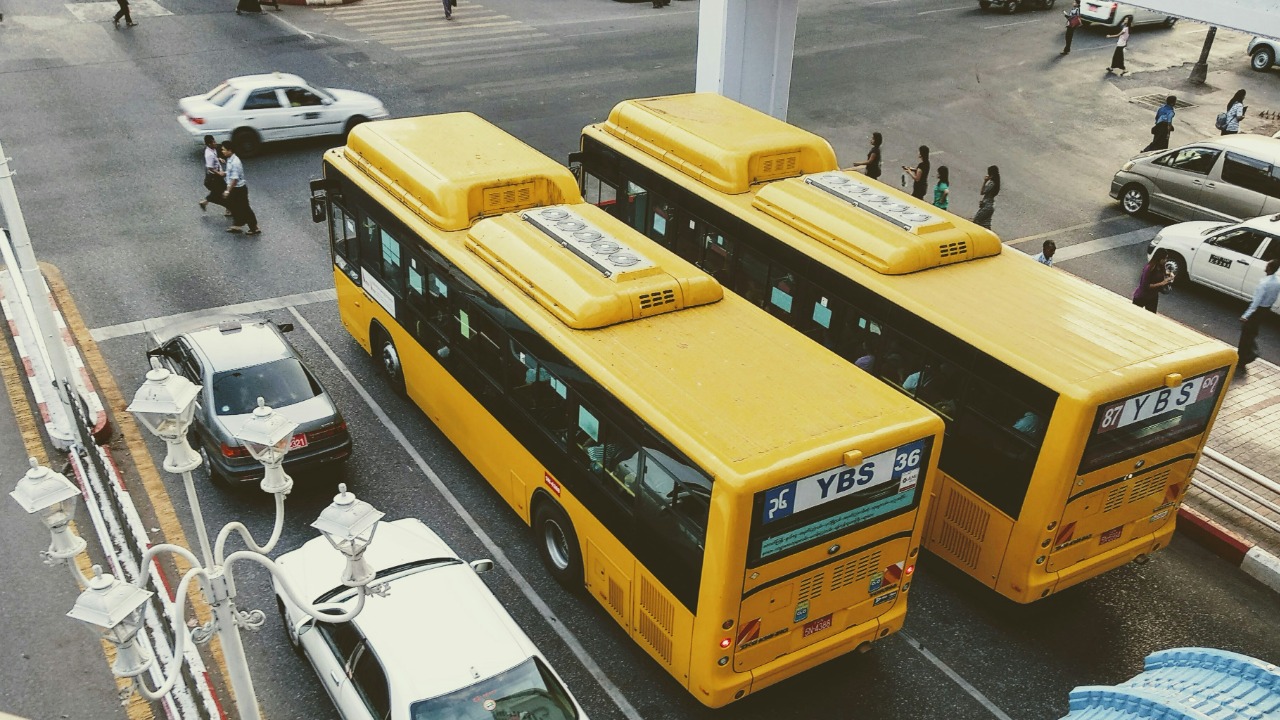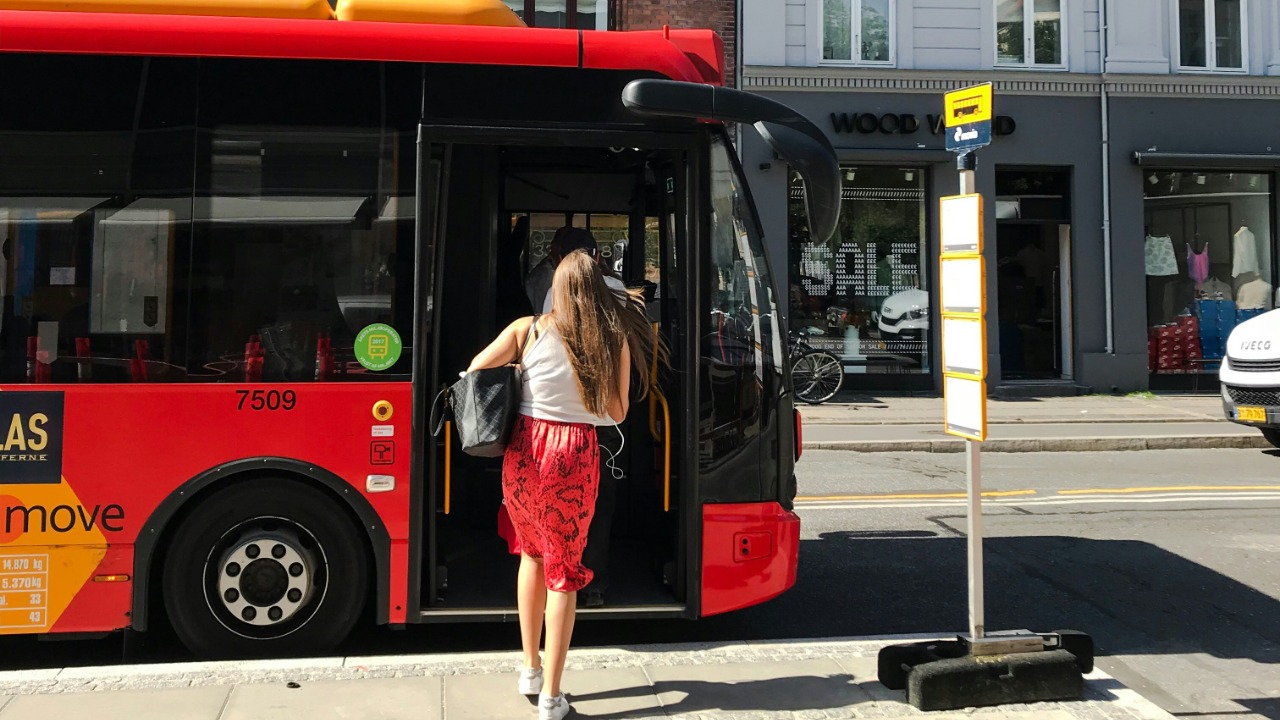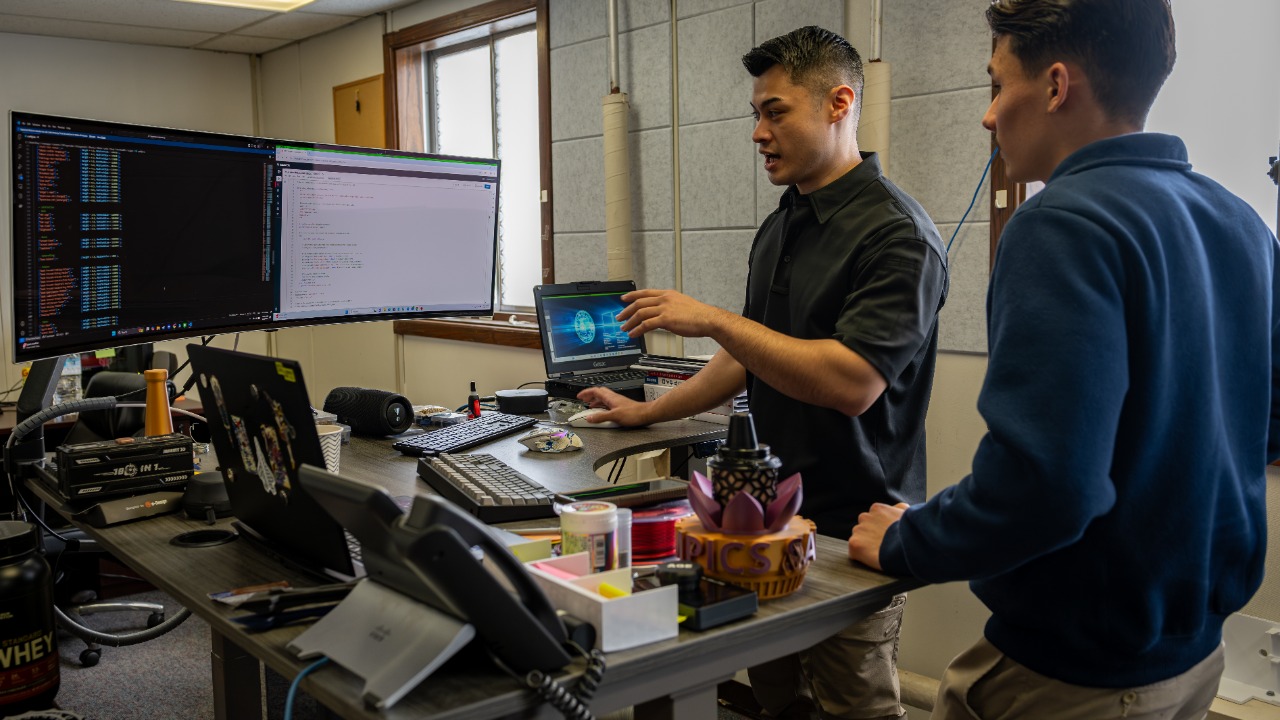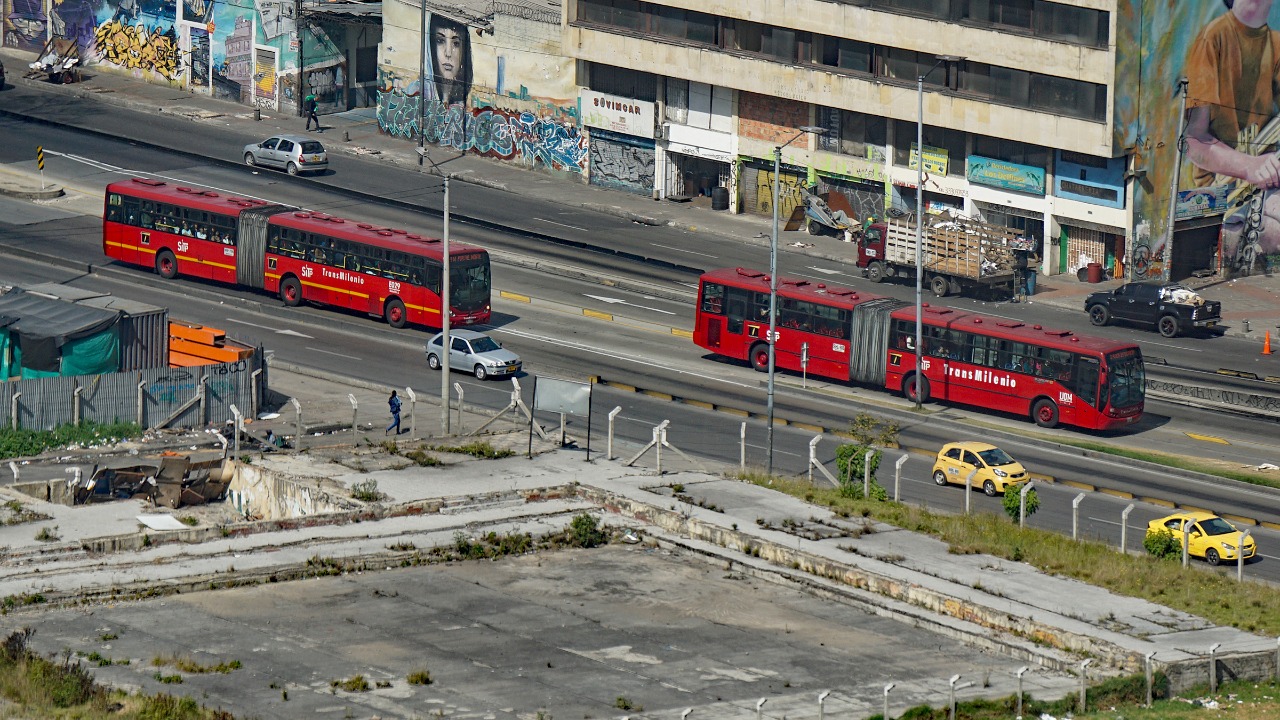
As more people flock to urban areas and the need for sustainable practices intensifies, public transportation systems are undergoing substantial changes. One of these major changes is the transition to AI-only schedules in bus systems. This evolution is anticipated to result in increased efficiency, substantial cost savings, and enhanced service quality for commuters.
The Current State of Bus Systems

Traditional bus systems, like New York City’s, often grapple with several issues that hinder their efficiency. A primary concern is the lack of punctuality, with buses often not adhering to their schedules due to unpredictable traffic conditions and overcrowded routes. According to a report by the NYC Comptroller, these delays contribute significantly to commuter dissatisfaction and negatively impact the system’s reliability.
An additional concern is the environmental impact of these systems. With traditional scheduling methods, buses often run half-empty or idle, leading to unnecessary fuel consumption. Therefore, it’s clear that for the sake of efficiency, cost-savings, and environmental responsibility, bus systems need a transformative change—a change that AI has the potential to bring about.
The Advantages of AI-Only Schedules

AI-based scheduling systems are designed to optimize route planning and timing for maximum efficiency. By analyzing traffic congestion patterns, passenger loads, and other factors, AI can dynamically adjust schedules to minimize fuel consumption and operational costs. This means fewer idling buses, less traffic congestion, and a significant decrease in the carbon footprint of public transportation systems.
From a passenger’s perspective, AI schedules can drastically improve their commuting experience. By predicting peak hours and passenger loads, AI can ensure that buses are adequately distributed, reducing wait times and overcrowding. A study published in the Management Review Quarterly highlighted how AI can enhance customer satisfaction by improving the predictability and reliability of public transportation.
Case Studies of AI in Bus Systems

The Bogota bus system, TransMilenio, provides a compelling example of the successful implementation of AI-only schedules. Through the use of AI, the system saw an improvement in efficiency and rider satisfaction. A New York Times article detailed how the system reduced waiting times and improved schedule reliability, leading to a more satisfied commuter base.
Another notable use of AI in bus systems is in Los Angeles, where AI bus cameras are used to regulate traffic and issue tickets. As reported by the LA Times, these cameras use machine learning to analyze traffic patterns and identify violations, demonstrating the potential of AI in managing bus systems beyond scheduling.
The Challenges and Limitations of AI-Only Schedules

While AI brings numerous advantages to bus systems, it’s important to recognize the challenges of implementing such technology. Technological hurdles, logistical issues, and financial constraints can pose significant obstacles. For instance, a bus system may require substantial investment in infrastructure to support an AI-driven schedule, from installing sensors to upgrading the digital infrastructure.
There are also potential limitations and risks associated with AI-only schedules. For example, an AI system might inadvertently exclude certain demographic groups or areas if not properly trained. Furthermore, an over-reliance on AI could present issues if the system encounters an unexpected situation or if there’s a technological failure. Therefore, while AI can significantly enhance bus systems, it’s crucial to approach its implementation thoughtfully and inclusively.
The Future of AI in Public Transportation

AI holds immense potential for future developments in bus systems and public transportation at large. For instance, AI can be used to predict maintenance needs, further reducing costs and improving service reliability. An IEEE study discusses how predictive maintenance, powered by AI, can minimize downtime and prolong the lifespan of buses.
AI is also expected to play a critical role in the pursuit of a more sustainable and efficient public transportation system. By optimizing routes and schedules, reducing fuel consumption, and improving the rider experience, AI could significantly contribute to the sustainability goals of urban areas. As we move forward, it’s clear that AI will be a driving force in the evolution of public transportation systems.